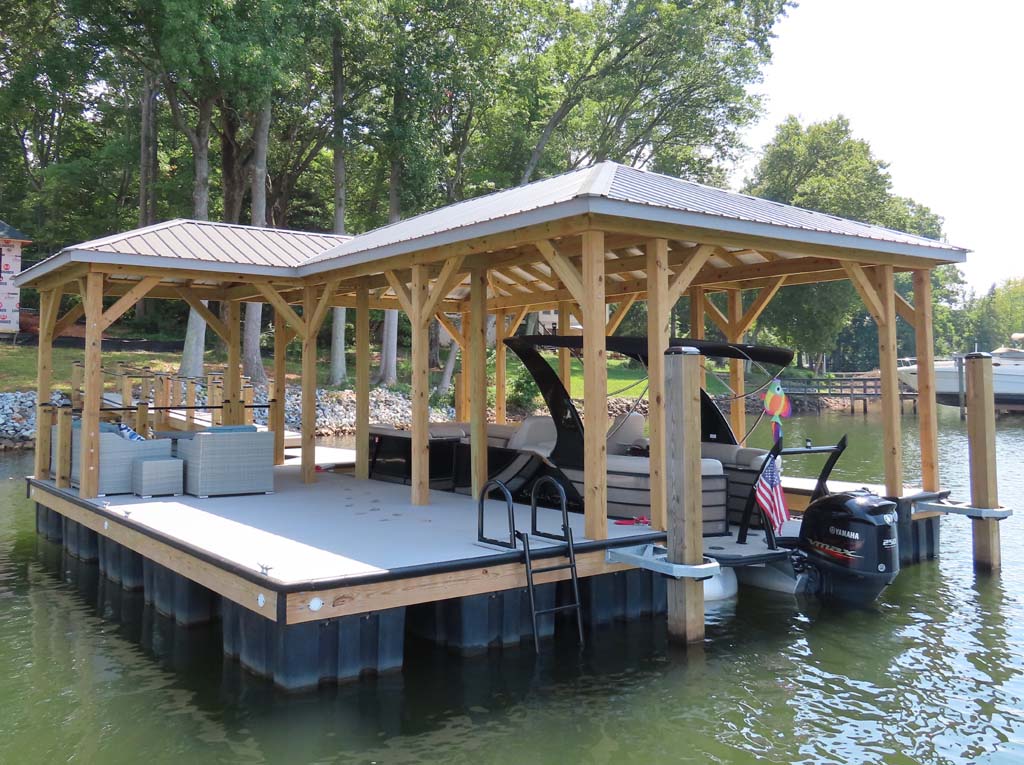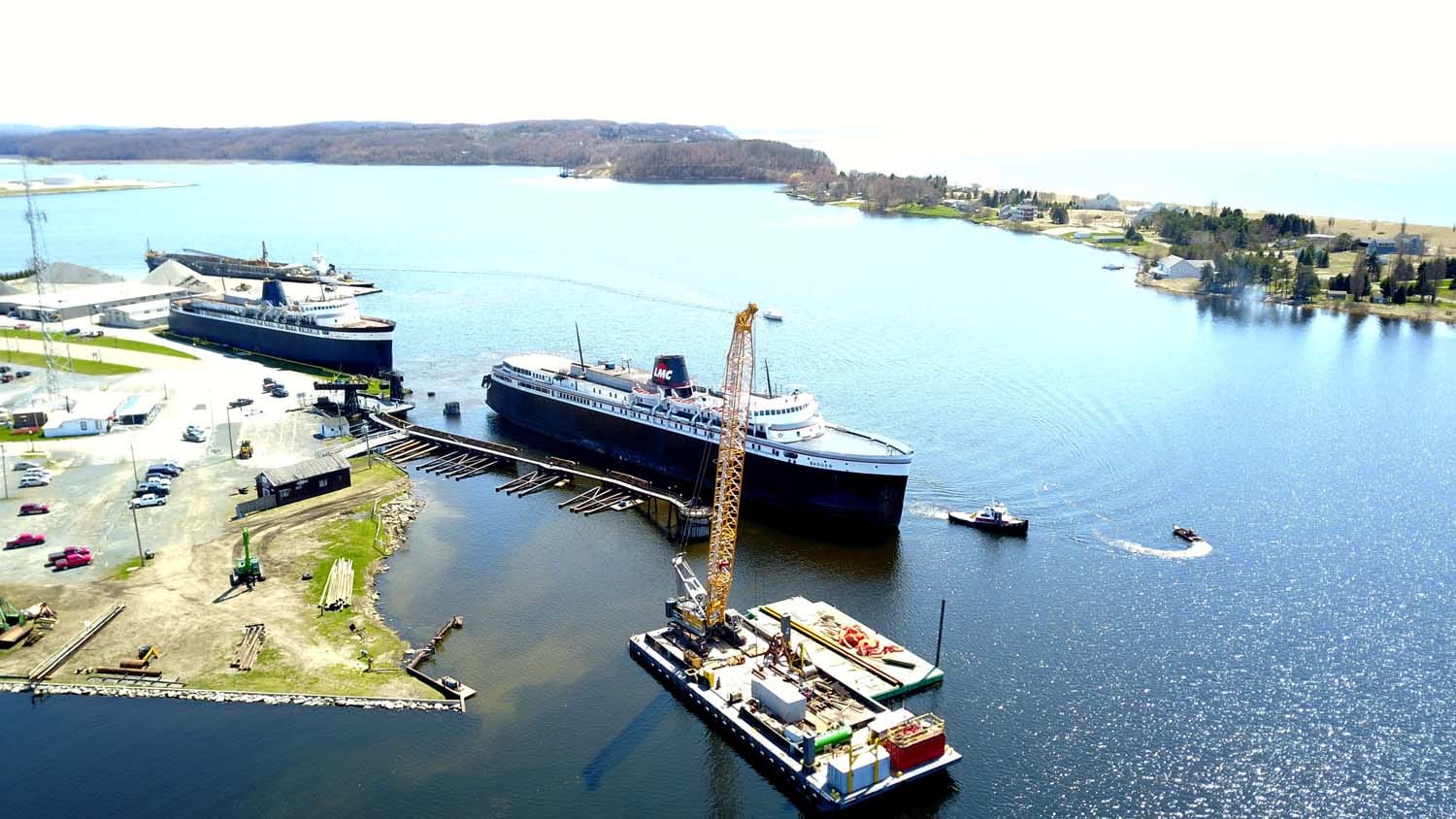Seasonal Preparations: When to Arrange Your Dock Repairs
Seasonal Preparations: When to Arrange Your Dock Repairs
Blog Article
Effective Dock Repair Service Techniques: Making Certain Structural Stability
Making sure the architectural stability of anchors via efficient fixing techniques is vital for the long life and security of aquatic facilities. This entails a multi-faceted approach starting with extensive inspections using advanced modern technologies like sonar tools and remotely operated cars (ROVs) to spot both visible and concealed damages. Subsequently, selecting the best repair work materials, such as composite materials and corrosion-resistant alloys, is important for durability. Structural reinforcement techniques, including the implementation of cross-bracing systems and load-distribution plates, play a crucial duty in mitigating stress points. The relevance of these strategies becomes obvious when discovering innovative repair work approaches and preventative upkeep approaches.
Analyzing Dock Damage
Analyzing dock damage is a crucial primary step in making sure the architectural honesty and safety and security of any type of docking facility. This first assessment includes a comprehensive examination to recognize both surprise and noticeable damages. Trick aspects to examine include the dock's foundation, pilings, decking, and hardware. Each component should be inspected for indications of wear, rot, deterioration, or other types of degradation that can endanger the structural integrity.
Structural engineers or qualified assessors commonly do these evaluations using specialized devices and strategies. Underwater inspections might employ finder equipment or remotely ran automobiles (ROVs) to identify submerged damage. Above water, aesthetic assessments are enhanced by utilizing wetness meters and various other diagnostic devices to discover underlying concerns not instantly visible to the nude eye.

Deciding On Repair Service Materials
Selecting the proper repair service products is an essential step in the dock remediation procedure, one that straight affects the durability and efficiency of the repaired structure. Product selection need to be driven by variables such as ecological conditions, load-bearing requirements, and compatibility with existing dock parts. Timber is a traditional choice for docks due to its all-natural strength and aesthetic appeal. Picking the best type of timber, such as pressure-treated lumber or normally rot-resistant types like cedar or teak, is vital to hold up against marine atmospheres.
In enhancement to wood, composite materials are progressively popular because of their durability and reduced upkeep needs. Compounds, commonly made from a blend of plastic and wood fibers, use exceptional resistance to rot, insects, and UV damages. For metal anchors, selecting corrosion-resistant alloys such as galvanized steel or marine-grade aluminum is necessary to stop rust and make sure architectural stability in saline water conditions.
Epoxy resins and marine-grade sealants are vital for repairing cracks and securing joints, supplying a water resistant obstacle and improving the dock's total stamina. By thoroughly selecting high-quality products, dock repairs can achieve long-lasting results, thus guarding against future degradation and ensuring safe, reputable use.
Structural Support Techniques
Reliable architectural support techniques are critical in guaranteeing the stability and durability of dock repair work. This technique is especially reliable for docks revealed to heavy loads or severe ecological problems.
One more vital method is the application of fiber-reinforced polymers (FRP) These materials use high strength-to-weight ratios and exceptional resistance to deterioration, making them optimal for enhancing concrete or wooden docks. FRP can be applied in sheets or strips and adhered with epoxy materials to boost structural honesty.
Supporting and securing systems likewise play a vital role in structural reinforcement. Cross-bracing, making use of metal or wood light beams, can neutralize lateral forces, lowering swaying and movement. Anchoring systems, such as helical piers or driven stacks, supply a stable foundation by transferring tons to much deeper, a lot more stable soil layers.
Last but not least, the assimilation of load-distribution plates can help distribute weight a lot more equally across the dock's surface, alleviating local stress and anxiety points. These methods jointly make certain that anchors remain risk-free and durable, efficient in withstanding the roughness of their operational setting.
Advanced Fixing Methods

One more sophisticated technique involves undersea welding, which allows for fixings to be conducted without the requirement to dewater the location. This method is especially beneficial for resolving architectural problems in immersed dock components, guaranteeing very little disruption to operations. Enhanced welding techniques, paired with robot systems, supply precision and Extra resources integrity, therefore expanding the life expectancy of the dock.
Additionally, cathodic protection systems are carried out to avoid This Site corrosion in metallic dock frameworks. By utilizing sacrificial anodes or amazed present systems, these strategies effectively mitigate the electrochemical processes that result in material deterioration.
Finally, progressed tracking innovations, such as architectural wellness tracking (SHM) systems, offer real-time data on the problem of dock frameworks. These systems allow proactive upkeep and prompt interventions, eventually making certain the long-lasting structural integrity of the dock.
Upkeep and Prevention
Upkeep and prevention are fundamental concepts that underpin the longevity and security of dock frameworks. Normal inspections are vital, permitting early detection of deterioration, potential weaknesses, and environmental impacts. An aggressive method, including regular checks for deterioration, rot, and structural changes, alleviates expensive repairs and lengthens the dock's operational life.
Safety nets need to consist of using protective layers to metal parts to secure against rust and using treated timber to withstand degeneration. Additionally, making sure proper water drainage and air flow can stop water buildup, which is an usual source of architectural deterioration. Incorporating quality products and adhering to supplier standards throughout construction and repair stages additionally play critical functions in boosting sturdiness.

Training personnel in dock maintenance ideal techniques makes sure regular application of safety nets. Leveraging technological developments, such as drones for evaluations and sensors for real-time monitoring, can additionally boost maintenance initiatives. By focusing on maintenance and prevention, dock proprietors can ensure architectural integrity, operational safety, and affordable management over the dock's life-span.
Final Thought
Finally, maintaining the architectural honesty of aquatic facilities necessitates thorough dock fixing strategies. Detailed inspections utilizing sophisticated tools discover both visible and hid damages, while the option of suitable repair service materials improves longevity. Executing structural reinforcement techniques addresses stress points properly. Advanced repair work strategies, combined with routine maintenance techniques, guarantee the dock stays secure and operational under varied environmental problems. Adopting these methods substantially lengthens the lifespan and functionality of marine infrastructure.
Making certain the structural integrity of anchors through efficient repair methods is critical for the longevity and security of marine centers.Choosing the suitable fixing materials is a critical step in the dock restoration process, one that straight influences the longevity and performance of the repaired structure.Effective architectural reinforcement strategies are vital in making sure the security and long life of dock fixings. By focusing on upkeep and prevention, dock owners can make sure structural integrity, functional safety, and affordable management over the dock's life expectancy.
In verdict, keeping the architectural integrity of marine centers necessitates thorough dock fixing strategies.
Report this page